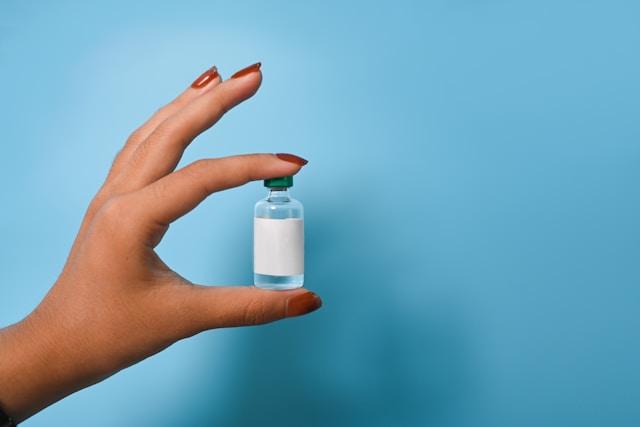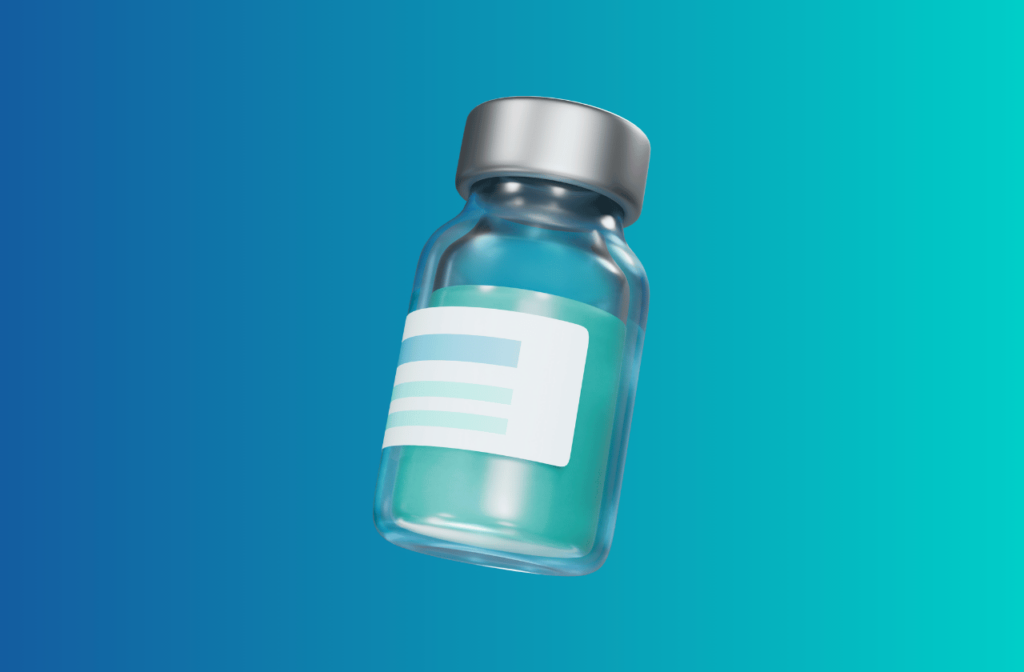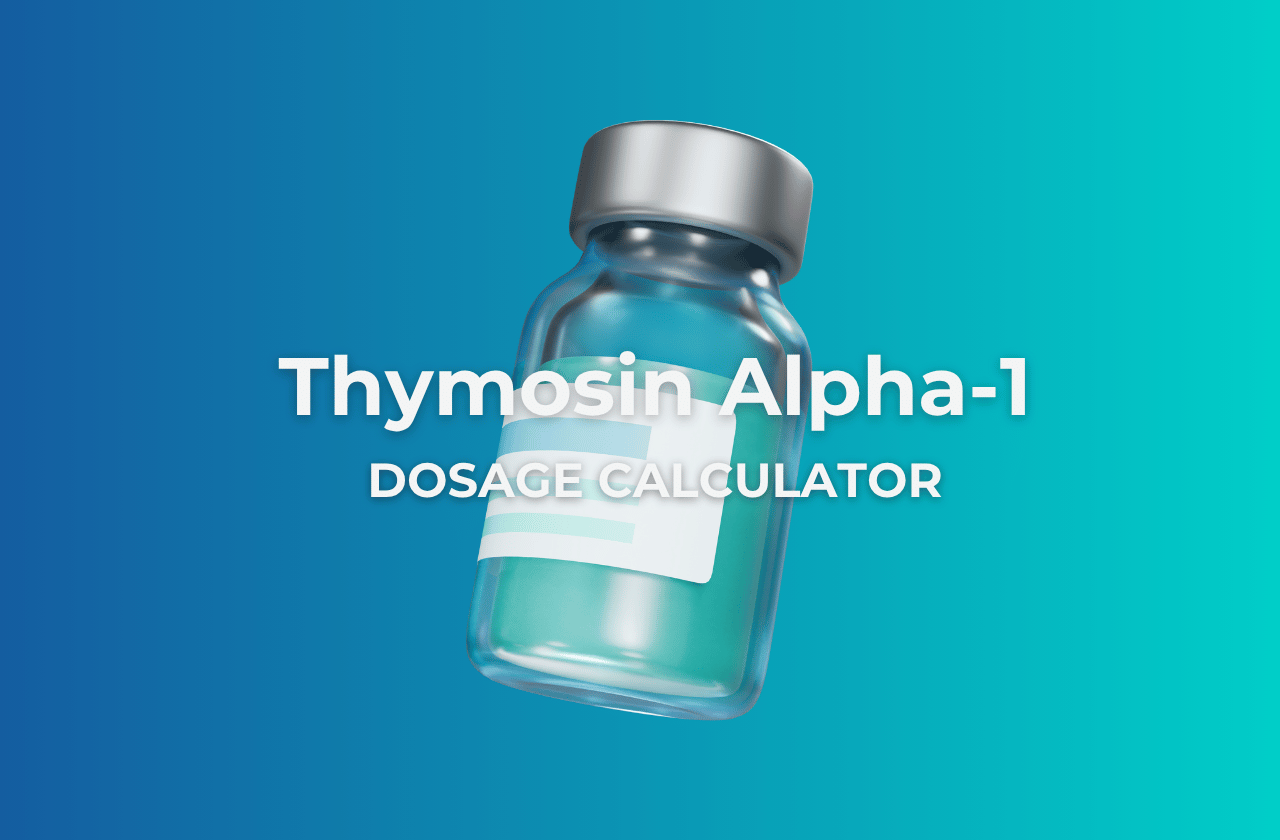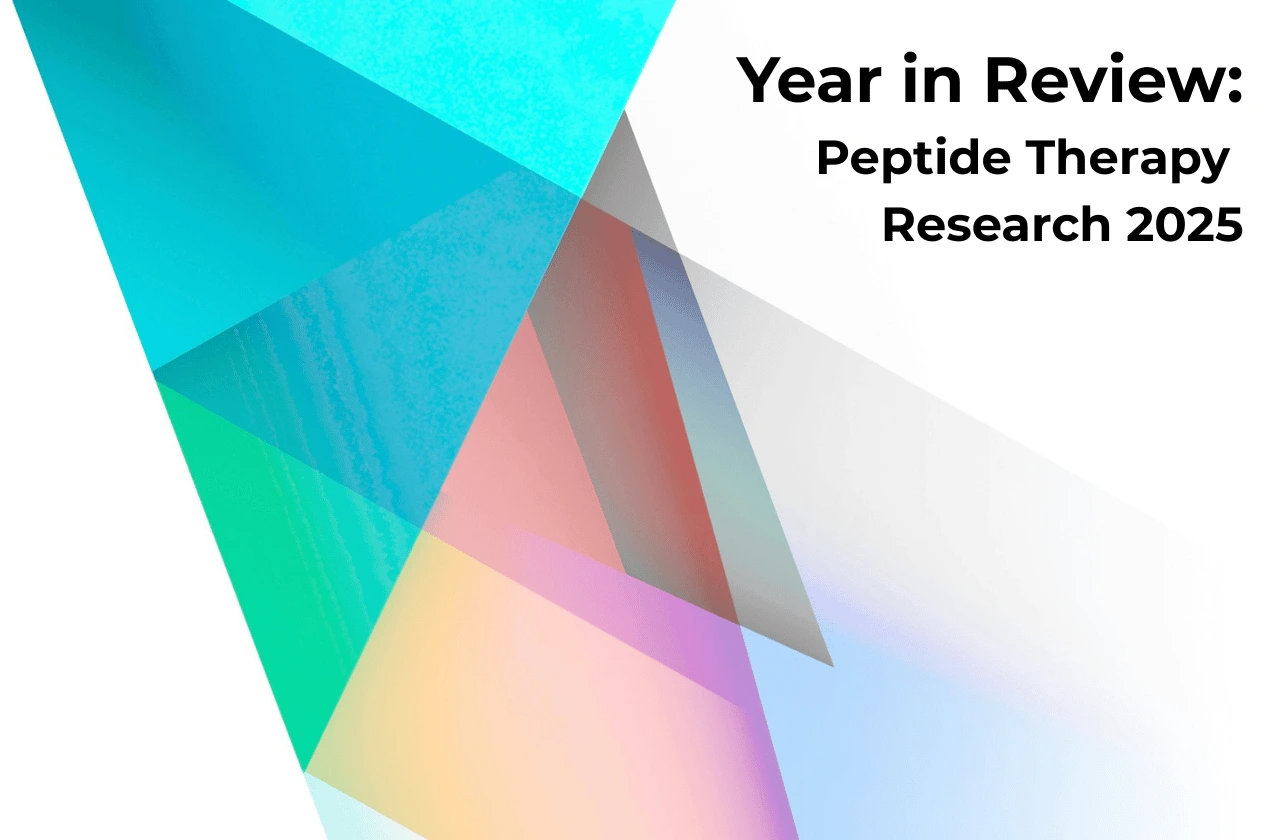[Disclaimer: This article is for informational purposes only and does not constitute medical advice. Always consult with a qualified healthcare provider before starting any peptide therapy.]
Thymosin Alpha-1 (Tα1) is a 28-amino acid peptide that naturally occurs in the thymus gland. Also known as Zadaxin or thymalfasin, this peptide has remarkable immune-boosting properties that make it valuable for researchers and healthcare professionals.
Understanding the proper dosing protocols is crucial for anyone working with this peptide. This guide breaks down the standard dosages, calculation methods, and administration guidelines for researchers.
What is Thymosin Alpha-1?
Thymosin Alpha-1 (also referred to as Thymosin α1 or Tα1) is a synthetic peptide derived from thymosin fraction 5, originally isolated from the thymus gland. This 28-amino acid peptide functions as an immunomodulator, enhancing T-cell function and promoting immune system maturation. It’s primarily used therapeutically to treat immune deficiencies, chronic viral infections (particularly hepatitis B and C), and as an adjuvant in cancer immunotherapy.
Standard Dosing Protocols by Condition
Here are the standard dosage protocols for Thymosin Alpha-1 based on the most current research.
General Immune Support and Maintenance
For basic immune system support, the standard approach includes:
- Standard dose: 1.6 mg to 3.2 mg per week
- Frequency: 1-2 subcutaneous injections weekly
- Duration: Typically 6-12 months for sustained benefits
- Daily alternative: Some research protocols use 0.5 mg daily
Chronic Infections and Immune Function Deficiencies
When dealing with ongoing infections or immune system problems:
- Standard dose: 1.6 mg to 3.2 mg per week
- Frequency: 2-3 injections weekly
- Duration varies by condition:
- Viral infections: Minimum 2 weeks
- Chronic hepatitis B/C: 6-12 months (about 52 doses)
- HIV/complicated immune suppression: 3+ months
Cancer Treatment Support
As an adjunct to cancer therapy:
- Standard dose: 3.2 mg to 6.4 mg per week
- Frequency: 2-4 injections weekly
- Duration: Generally 6 months with varying schedules
- Note: Often given between chemotherapy sessions
Vaccine Enhancement
To boost vaccine effectiveness:
- Standard dose: 900 μg/m² (approximately 1.6 mg)
- Frequency: Twice weekly with 3-4 days between doses
- Duration:
- Single-dose vaccine: 4 weeks (8 total doses)
- Multi-dose vaccine: Continue between vaccinations and for 3 weeks after final shot
Quick Reference Dosage Chart
| Condition | Single Dose | Weekly Total | Frequency | Duration |
|---|---|---|---|---|
| General Immune Support | 1.6 mg | 1.6-3.2 mg | 1-2x weekly | 6-12 months |
| Daily Alternative | 0.5 mg | 3.5 mg | Daily | 6-12 months |
| Chronic Infections | 1.6 mg | 3.2-4.8 mg | 2-3x weekly | 2+ weeks |
| Hepatitis B/C | 1.6 mg | 3.2 mg | 2x weekly | 6-12 months |
| Cancer Adjunct | 1.6-3.2 mg | 3.2-6.4 mg | 2-4x weekly | 6 months |
| Vaccine Enhancement | 1.6 mg | 3.2 mg | 2x weekly | 4-8 weeks |
Special Dosing Considerations
Weight-Based Dosing
For patients weighing less than 40 kg, use this calculation:
- Standard calculation: Patient weight (kg) × 40 μg
Body Surface Area (BSA) Dosing
Some protocols use body surface area:
- Standard BSA dose: 900 μg/m²
- Typical equivalent: Approximately 1.6 mg for average adult
Third-Party Tested, 99% Purity
Order lab-verified peptides from our top recommended vendor.

Peptide Dosage Calculator
Peptide Reconstitution Calculator
What is the total volume of your syringe?
Select Peptide Vial Quantity
How much bacteriostatic water are you adding?
Concentration: 5.000 mg/mL (5000 mcg/mL)
How much of the Peptide do you want in each dose?
Draw up: 0.010 mL to get 50 mcg
Insulin syringe: 1.0 units (if using a U-100 syringe)
To have a dose of 50 mcg pull the syringe to 5
When working with lyophilized (freeze-dried) peptide, you’ll need to reconstitute it properly. Here’s how to calculate the right volume:
Step 1: Determine Concentration
First, figure out your concentration after mixing:
Example: 5 mg peptide + 2 ml bacteriostatic water = 2.5 mg/ml concentration
Step 2: Calculate Volume Needed
Use this formula:
Volume (ml) = Desired dose (mg) ÷ Concentration (mg/ml)
Example: For 1.6 mg dose with 2.5 mg/ml concentration: 1.6 mg ÷ 2.5 mg/ml = 0.64 ml
Step 3: Weight-Based Calculation Example
For a 60 kg patient using weight-based dosing:
- Calculate total dose: 60 kg × 40 μg/kg = 2400 μg = 2.4 mg
- Calculate volume: 2.4 mg ÷ 2.5 mg/ml = 0.96 ml
Administration Guidelines

Administration of Thymosin Alpha 1
- Preferred route: Subcutaneous injection only (never intravenous)
- Common injection sites: Abdomen, thigh, or upper arm
- Alternative: Nasal spray formulations for needle-averse patients
What Happens After Injection
The peptide works quickly in your body:
- Absorption: Rapid, with peak levels within 1-2 hours
- Half-life: About 2 hours
- Duration: Blood levels return to normal within 24 hours
- Distribution: Spreads throughout extracellular fluid
Most Common Side Effects
Based on the research, here are the common adverse effects of Thymosin Alpha-1:
Injection Site Reactions – Local irritation, redness, swelling, or discomfort at the injection site that typically resolves within hours or days[1]
Systemic Symptoms – Common side effects include:
- Nausea and vomiting
- Fatigue/tiredness
- Fever
- Muscle aches
Other Mild Effects – Some patients may experience:
- Headache
- Gastrointestinal discomfort
More Serious but Rare Effects
Serious Side Effects (rare) include:
- Swelling of lips (allergic reaction)
- Severe lung disease
- Kidney problems
Allergic Reactions – In rare cases, symptoms may include:
- Itching
- Rash
- Difficulty breathing
Special Considerations
When combined with interferon-alpha, thymosin alpha-1 showed rare side effects such as fever, fatigue, muscle aches, nausea, vomiting, and neutropenia compared to interferon alone[1]
Important Notes
Overall, thymosin alpha-1 is considered to have an excellent safety profile with well-tolerated administration and few significant adverse effects reported in clinical trials. The side effects are generally rare and relatively mild compared to other immune modulators like interferon and IL-2, which can cause severe toxicities.
If you experience any unusual symptoms, especially signs of allergic reaction, it’s important to seek medical attention immediately. The medication should be administered under proper medical supervision.
Storage and Handling
Before Reconstitution
- Store freeze-dried peptide below -18°C for long-term storage
After Reconstitution
- Store at 4°C (refrigerator) for up to 7 days
- Room temperature stability: Up to 3 weeks
- Pro tip: Add 0.1% HSA or BSA carrier protein for longer storage
Takeaways
Thymosin Alpha-1 offers a well-established dosing framework for various immune-related conditions. Most protocols use twice-weekly subcutaneous injections of 1.6 mg, though daily dosing of 0.5 mg is sometimes used in research settings.
The peptide has shown excellent safety profiles, even at doses higher than standard therapeutic ranges. When working with Thymosin Alpha-1, always consider:
- The specific condition being addressed
- Patient weight and body surface area
- Treatment duration and goals
- Proper reconstitution and storage methods
Remember, accurate dose calculation is essential when working with lyophilized peptides. Always double-check your math and follow proper sterile technique when preparing injections.
Whether you’re researching immune support, chronic infections, or cancer adjunct therapy, this dosage guide provides the foundation for safe and effective Thymosin Alpha-1 protocols.
References
- Dominari, A., Hathaway Iii, D., Pandav, K., Matos, W., Biswas, S., Reddy, G., Thevuthasan, S., Khan, M. A., Mathew, A., Makkar, S. S., Zaidi, M., Fahem, M. M. M., Beas, R., Castaneda, V., Paul, T., Halpern, J., & Baralt, D. (2020). Thymosin alpha 1: A comprehensive review of the literature. World journal of virology, 9(5), 67–78. https://doi.org/10.5501/wjv.v9.i5.67.








